As earlier postings, the OcTEL orientation resources takes you to this publication: Transforming Higher Education Through Technology Enhanced Learning Publication Date: 23-12-2009 Available at http://www.heacademy.ac.uk/resources/detail/learningandtech/transforming_he_through_technology_enhanced_learning. I’ve put the full link in again after being unable to find it for 10 minutes! The chapter 15 link is here too: http://www.heacademy.ac.uk/assets/documents/learningandtech/Transforming-15.pdf
I don’t know how come I initially skipped chapter 15 but it seems to be in tune with my skipping back style of this week and so now I come back to this too. I really like this too but I knew I would just from Keith Smyth being in the authors list. Comrie, Smyth and Mayes Learners in Control: The TESEP approach. Read it, but a quick intro here for my memory too.
P208: TESEP addressed the need to prepare and equip students who enter Scottish higher education, and much of further education, with confidence about taking control of their own learning using the new tools that they will encounter in our rapidly changing educational institutions and beyond, in employment, and almost all other 21st-century learning contexts.
P210 The five principles of TESEP :
- ensure every learner is as active as possible. design tasks that address this question: how can we challenge learners to think more deeply about what it is they are learning?
- design frequent formative assessment. encourage the learners to test their understanding regularly and ensure they get responsive feedback including from peers.
- Put emphasis on peers learning together. create small groups who will work together to produce something – a report, a lesson, a demonstration. consider where groups can teach each other about their chosen topics. Try to engender a sense of ownership.
- consider whether learning tasks can be personalised. allow the individual learner, or a small group, choice over what is to be achieved. negotiate with learners wherever possible. aim for project-/resource-/discussion-based learning – not direct instruction.
- consider how technology can help to achieve these principles. online, learners can be actively carrying out tasks, taking formative tests, producing class resources or group outputs, discovering new content for themselves, and through social software discussing and sharing all this with each other, the tutor, and other peers and experts.
P211 Enabling concepts – empowerment and engagement (see 3E framework)
(Some) References from the chapter:
Comrie,A, T., Mayes, N. and Smyth, K. (eds.) (2009) Learners in the co-creation of knowledge: proceedings of the LICK 2008 Symposium. edinburgh: napier university/TeSeP. available from www2.napier.ac.uk/transform/lick08.htm [august 23, 2009]
Mayes, J.T. (2007) TESEP: the pedagogical principles. Available from: www2.napier.ac.uk/transform/TESEP_Pedagogical_Principles.pdf [13 April 2009].
Smyth, K. (2007) TESEP in practice: the 3E approach. available from: www2.napier.ac.uk/transform/TESEP_3E_Approach.pdf [13 April 2009]

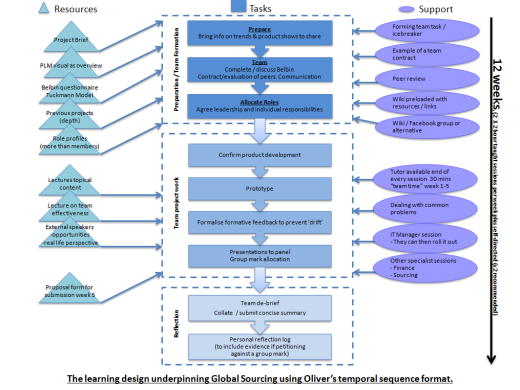
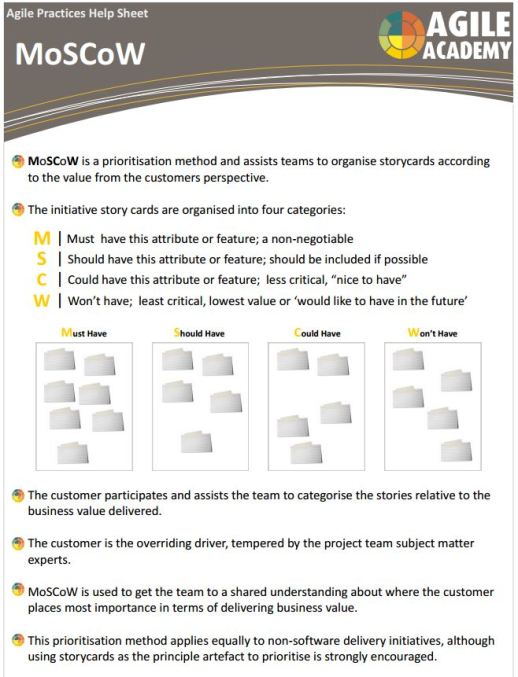

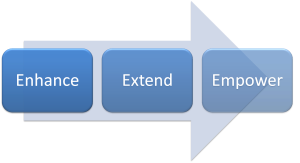
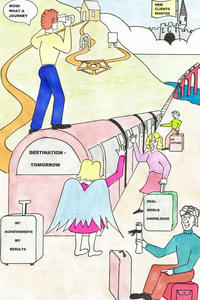
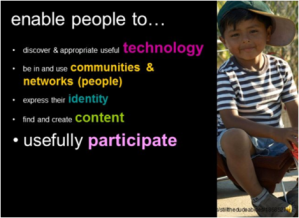

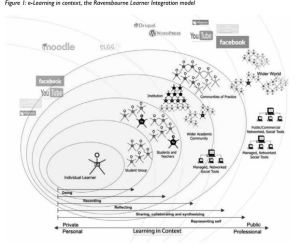
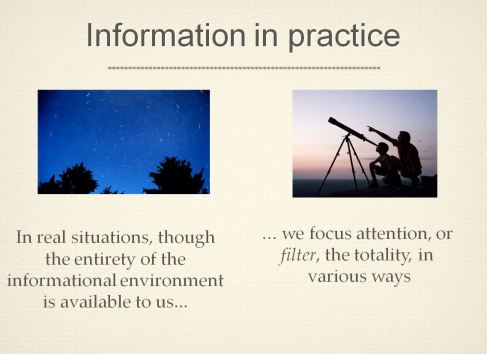
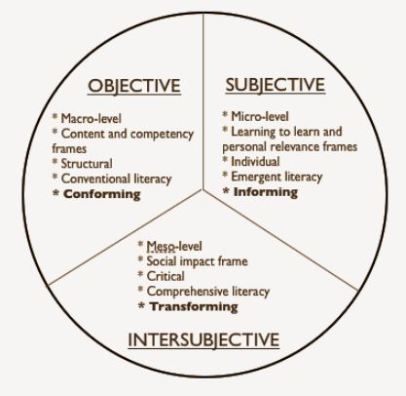
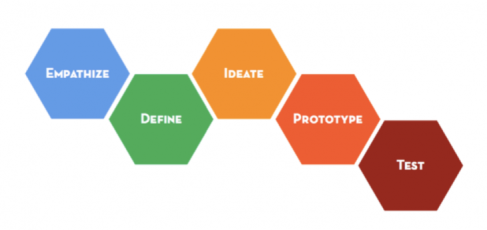
Recent Comments